Regulatory Support for Natural Colorants
The Carmine Market is influenced by regulatory frameworks that increasingly support the use of natural colorants. Governments and regulatory bodies are recognizing the importance of natural ingredients in food and cosmetics, leading to favorable policies that promote the use of carmine. This regulatory support is crucial as it not only ensures the safety and quality of carmine products but also encourages manufacturers to adopt natural alternatives. Recent legislative changes in several regions have streamlined the approval processes for natural colorants, potentially increasing the market share of carmine. As regulations evolve, the Carmine Market is expected to benefit from enhanced consumer trust and a growing acceptance of natural colorants.
Expansion of Food and Beverage Applications
The Carmine Market is witnessing an expansion in the applications of carmine within the food and beverage sector. As food manufacturers seek to enhance the visual appeal of their products, carmine serves as a vibrant and stable colorant option. The increasing trend of clean labeling has further propelled the use of carmine, as it is perceived as a natural and safe ingredient. Recent statistics indicate that the food and beverage segment accounts for over 60% of the total carmine consumption. This growth is likely to continue as more companies recognize the benefits of using carmine in a variety of products, from dairy to confectionery, thereby driving demand within the Carmine Market.
Technological Advancements in Production Processes
Technological advancements are playing a crucial role in shaping the Carmine Market. Innovations in extraction and processing techniques have improved the efficiency and yield of carmine production, making it more accessible to manufacturers. These advancements not only enhance the quality of carmine but also reduce production costs, thereby increasing its competitiveness against synthetic colorants. Furthermore, the development of more sustainable extraction methods aligns with the growing consumer demand for environmentally friendly products. As a result, the Carmine Market is likely to see a rise in production capabilities, which could lead to a broader adoption of carmine across various sectors.
Rising Demand in Cosmetics and Personal Care Products
The Carmine Market is also benefiting from a rising demand for natural colorants in cosmetics and personal care products. Consumers are increasingly seeking products that are free from harmful chemicals, leading to a surge in the use of carmine as a natural pigment in makeup and skincare formulations. The cosmetics sector is projected to account for a significant share of the carmine market, with estimates suggesting it could reach approximately 25% of total carmine usage by 2026. This trend is indicative of a broader movement towards sustainability and transparency in the beauty industry, which is likely to further bolster the Carmine Market as brands strive to meet consumer expectations.
Increasing Consumer Preference for Natural Ingredients
The Carmine Market is experiencing a notable shift as consumers increasingly favor natural ingredients over synthetic alternatives. This trend is driven by heightened awareness regarding health and wellness, prompting consumers to scrutinize product labels more closely. As a result, manufacturers are compelled to reformulate products to include natural colorants like carmine, which is derived from cochineal insects. According to recent data, the demand for natural colorants is projected to grow at a compound annual growth rate of approximately 5.5% over the next five years. This consumer preference not only influences the types of products available in the market but also encourages innovation in sourcing and production methods within the Carmine Market.


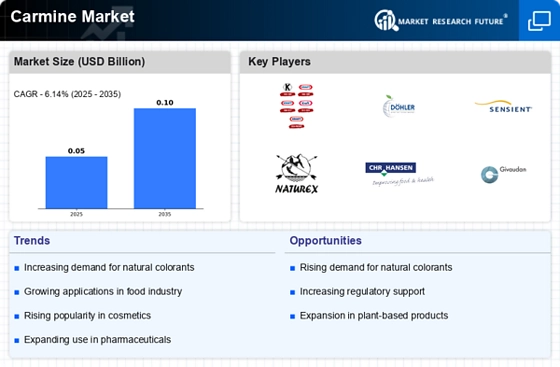

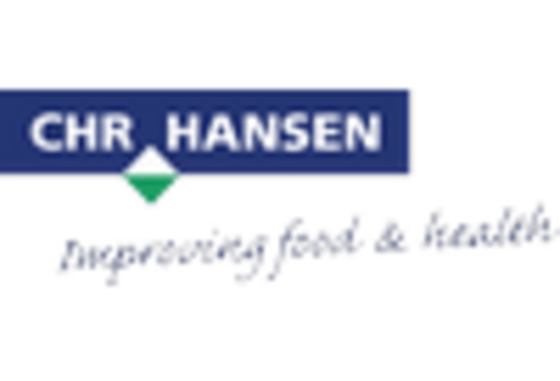


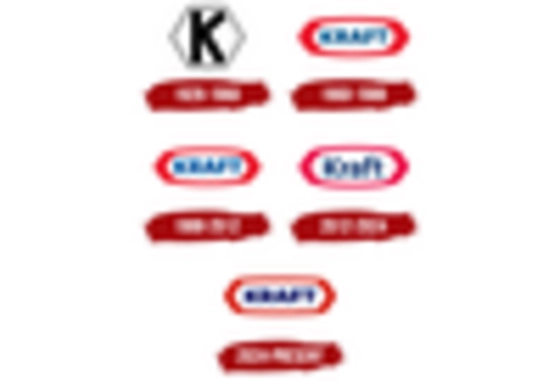
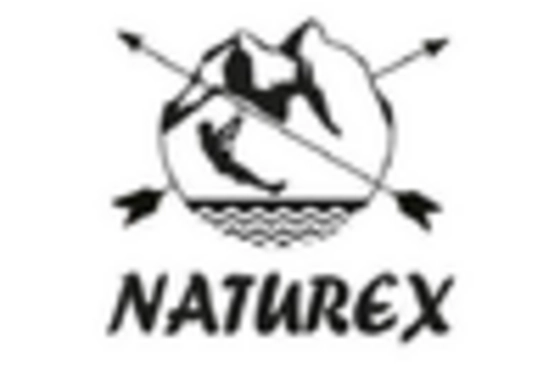
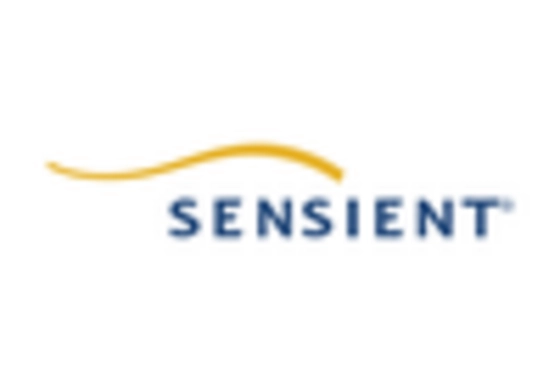








Leave a Comment